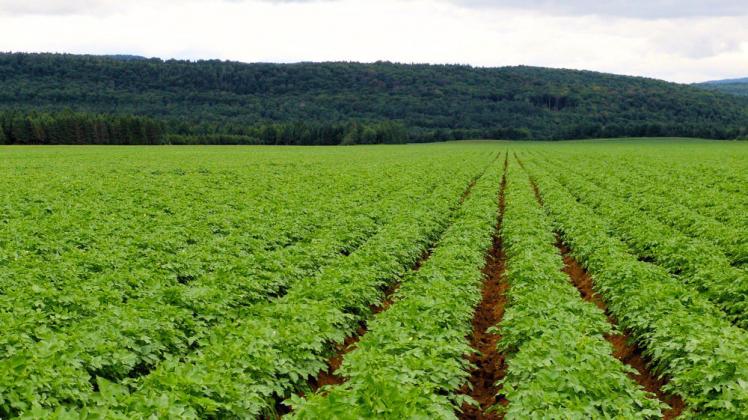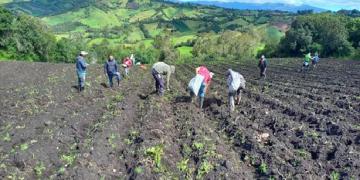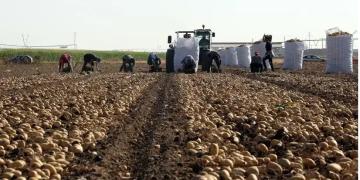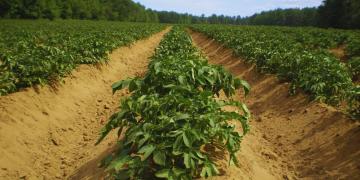EEUU: Oregon researcher participates in potato pest study
Dee Denver, a genomicist in Oregon State University’s College of Science is part of an international team studying potato cyst nematodes.

Denver is working with scientists from Idaho, New York, Canada, France and Scotland on a five-year, $3.2 million project funded by the U.S. Department of Agriculture.
The team includes Inga Zasada, a nematode expert with the USDA’s Agricultural Research Service and a courtesy OSU faculty member.
A key objective of the study, said Denver, is to find less environmentally damaging strategies for controlling the pests. Currently the most effective control measure is fumigation with methyl bromide, a highly toxic, ozone-layer-depleting gas that’s increasingly being restricted because of environmental concerns.
The study focuses on two highly destructive nematode pests: the pale cyst nematode, Globodera pallida, and golden nematode, G. rostochiensis. Because infested potato fields must be quarantined, the pests greatly threaten U.S. export markets.
The U.S. crop brings farmers about $4 billion a year. Sales of potato chips, frozen potatoes and other processed potato products boost the commodity’s economic worth to more than $4 trillion, according to the researchers. Oregon farmers earned about $180 million from potatoes in 2015, according to the U.S. Department of Agriculture.
The golden nematode appeared in New York in the 1940s and so far is confined there. Some resistant potato varieties adapted to Northeastern conditions have been developed by scientists from Cornell University and state and federal agencies.
The pale cyst nematode first appeared in Idaho in 2006, possibly from contaminated seed potatoes. So far it has infested less than 1 percent of Idaho’s potato fields, but it has caused $4.4 million in direct losses, according to a 2012 economic assessment. There are no resistant russet-type potato varieties.
Fuente: http://www.freshplaza.com/article/154407/Oregon-researcher-participates-in-potato-pest-study








